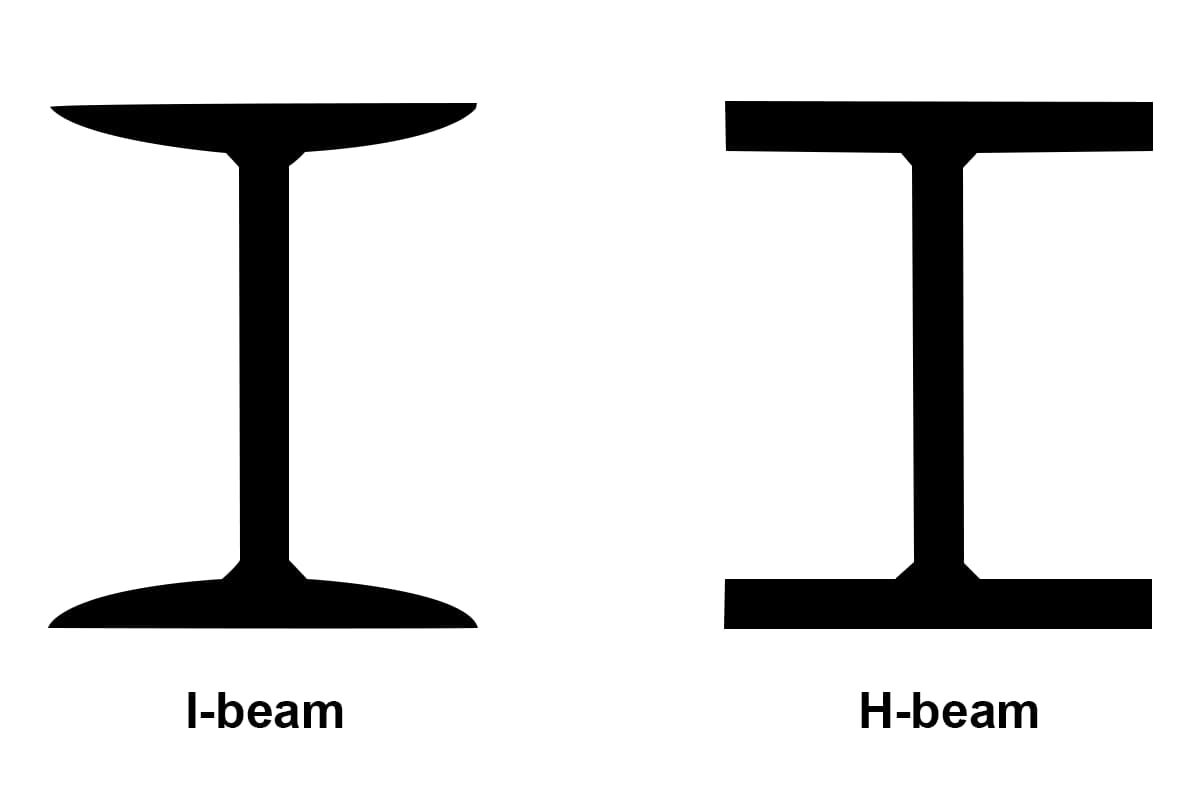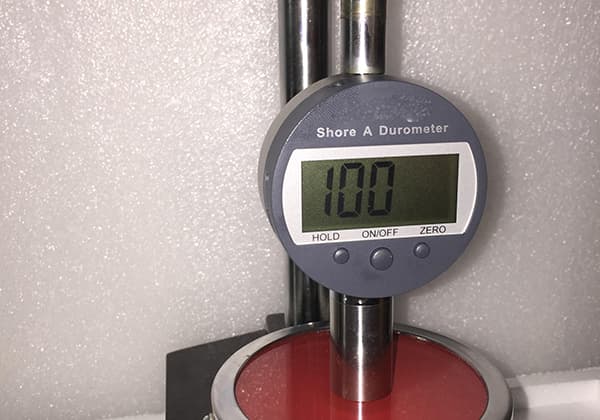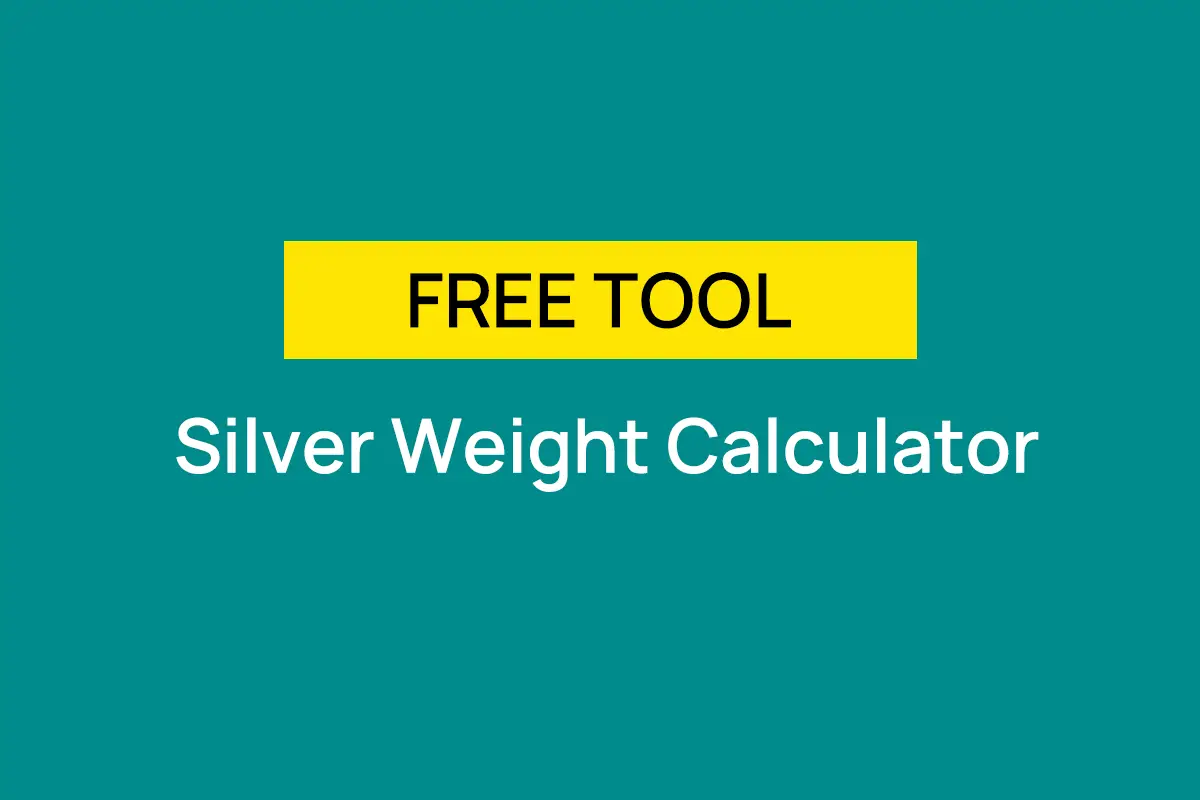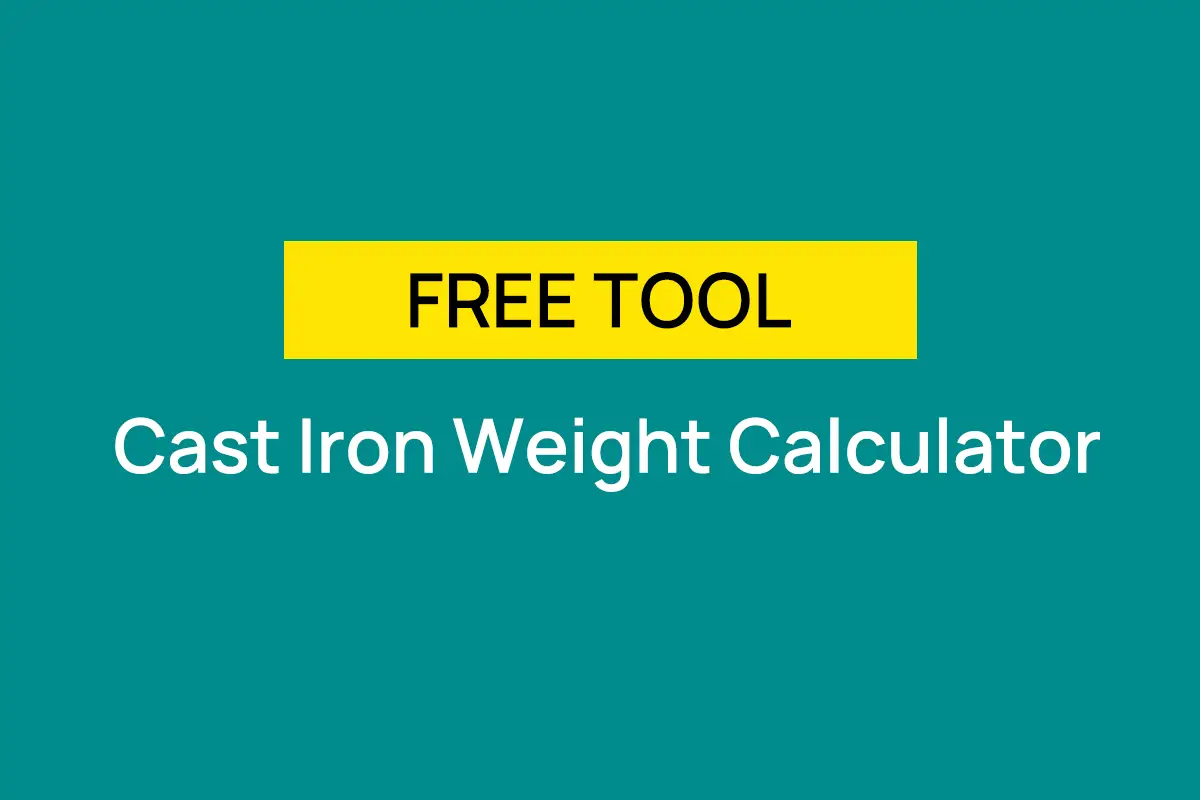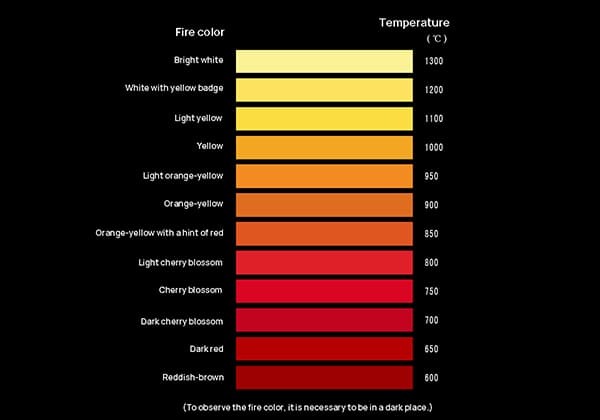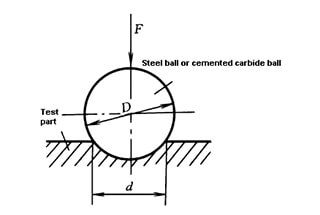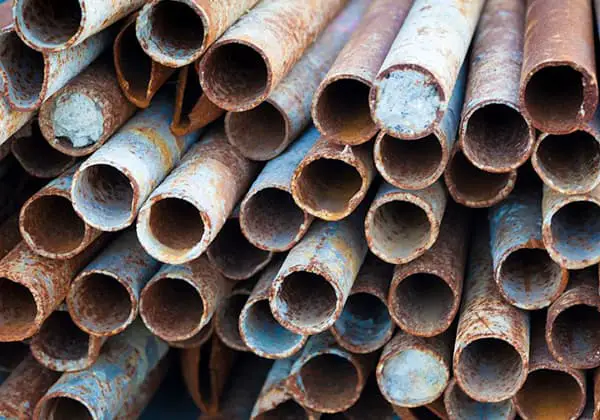
Have you ever wondered why steel prices seem so complicated? The fluctuations in steel pricing impact industries worldwide, from construction to manufacturing. This article breaks down the essential terms and methods used to calculate steel prices, helping you navigate the complexities of the market. By understanding concepts like weight-based pricing, theoretical weight adjustments, and tax implications, you can make more informed decisions and avoid common pitfalls. Dive in to learn how these factors influence the cost of steel and what it means for your business.
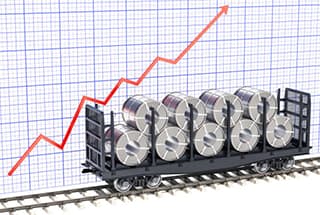
Steel has become a ubiquitous material in our daily lives.
For steel manufacturers and traders, steel trade is of utmost importance, and the steel price is the focus of their daily attention.
However, many people incur losses because they are unaware of the terms related to steel prices when trading in steel.
As a result, there is a growing demand for information on “what are the terms related to steel prices?”
Based on my knowledge of steel, I can inform you that there are primarily 12 terms associated with steel prices.

1. Weighing price
The weight-based price refers to the method of determining the weight of steel during the purchase and sale of the material. The actual weight of steel is accurately measured using tools such as a weighbridge. The price of steel that is sold based on this actual weight is referred to as the weight-based price; it is also commonly referred to as the weighing price.
2. Measuring price
In the process of steel purchase and sale, the method of determining the weight of steel is based on the theoretical weight, and the price of steel sold according to this theoretical weight is referred to as the gauge price. This measured price is also known as the adjusted price or the adjusted weight price.
The theoretical weight is calculated based on established national production standards for various types, materials, and specifications of steel. Each steel plant produces various steels according to these standards. However, these standards are not absolute and have an allowed deviation or difference, which can result in a discrepancy between the theoretical weight and the actual weight of the steels produced.
Most steel products produced by steel plants have a lower actual weight compared to their theoretical weight. For example, the theoretical weight for many types of steel is one ton, but the actual weight is typically less than one ton. As a result, the gauge price, which is based on the theoretical weight, is lower than the weight-based price.
The lower difference, also known as the negative difference, represents the difference between the actual weight and the theoretical weight of steel with a theoretical weight of one ton. It is calculated as follows:
Lower difference = (theoretical weight of steel – actual weight of steel) / theoretical weight of steel * 100%.
For instance, consider a factory that produces 25mm diameter rebar. The theoretical weight for this rebar is 1 ton, or 1000 kg. However, the actual weight measured during weighing is 0.95 ton, or 950 kg. In this case, the lower difference for the 25mm rebar produced by the factory can be calculated as follows:
Lower difference = (theoretical weight of steel – actual weight of steel) / theoretical weight of steel * 100% = [(1000-950) / 1000] * 100% = 5, meaning that there is a 5% lower difference or 50 kg lower difference in the 25mm rebar produced by the factory.
This type of theoretical weight phenomenon can occur for products such as rebar, welded pipe, seamless pipe, profiles, bars, and others.
3. Price including tax
The VAT invoice price refers to the price at which the buyer requests the seller to provide a VAT invoice for the steel products during the sales process. The VAT rate is 17%. In theory, if the buyer does not want the VAT invoice, the seller should deduct 17% of the tax from the price including tax.
However, in the domestic steel industry, the difference between the price including tax and the price excluding tax is not substantial. Typically, the seller will offer the buyer a discount of 3-4%. For example, if the current steel price is around 4000 yuan, the price excluding tax is approximately 150 yuan lower than the price including tax.
Whether or not to provide a VAT invoice is commonly referred to as whether or not to provide a ticket. The price including tax is also known as the ticket price, and the price excluding tax is referred to as the ticket price without tax.
4. Acceptance rate
The acceptance bill price refers to the method of payment used during the purchase and sale of steel, where the buyer does not pay cash to the seller, but instead pays in the form of an acceptance bill. The seller incurs interest expenses when discounting the acceptance bill, which is why the acceptance bill price is generally higher than the cash price.
The range of the difference can vary depending on the discount rate of the bank acceptance and the length of time for the acceptance bill, which is typically divided into one-month, three-month, and six-month acceptance.
5. Self-collection price
It refers to the price at which the buyer hires a transport vehicle to pick up the goods in the seller’s warehouse during the purchase and sale of steel.
6. Direct price of steel plant
It refers to the price when the buyer directly orders from the steel plant and delivers it to the place set by the user without spot resources.
7. Advance payment
The advance payment price refers to the practice where a steel trading company makes a pre-payment to a steel factory or large-scale trader and subsequently purchases the required steel based on their future demand. The general price of steel purchased through advance payment is typically several tens of yuan per ton lower than the cash price.
8. Bulk discount
When a buyer places a large order for a specific type of steel, the seller may offer a discount of several tens of yuan per ton, depending on the size of the order.
9. Listing price
The listing price policy refers to the pricing strategy used by steel mills or traders to sell certain steel products. In practice, there may be different levels of preference applied in the sales process.
Some steel plants adopt a sales method where they set the listing price for the next month’s steel sales at the end of the current month. The actual settlement price for all types of steel is determined based on the orders and collections made at the end of the current month, using the listing price set at that time.
10. Settlement price
Some steel plants have a sales method where they establish the listing price for the next month’s steel sales at the end of the current month. This listing price is then used to determine the actual settlement price for all types of steel based on the orders and collections made at the end of the current month.
The settlement price represents the actual cost price of the monthly purchases made by steel traders.
11. Market price
The steel sales market has a variety of transaction prices. The prices displayed on this website are market prices, which do not include delivery fees, short-distance shipping costs, short-term funding occupation fees, or other expenses.
12. Site procurement guide price
The site procurement guide price, also known as the on-site procurement guide price, is a unique pricing format offered by this website. It is calculated based on the market price, plus the delivery fee, short-distance shipping cost, and short-term funding occupation fee.

At present, the two main weighing methods used in domestic steel trading are adjustment and weighing. Adjustment involves calculating the settlement weight of traded steel by multiplying the overall dimensions of the steel by its proportion. Weighing, on the other hand, is the settlement weight determined by actual weight measurements.
Despite the fact that weighing is considered to be more effective in regulating steel trading behavior and in macro-controlling the steel industry, adjustment is still widely used due to its ease of calculation (no weighbridge is required).
The national standard deviation limit for thread deviation is 6-12mm with a limit of 7%, 14-20mm with a limit of 5%, and more than 22mm with a limit of 4%. However, in practice, small steel mills often exceed these national standards, but are still accepted by buyers due to their lower prices. The production costs for small steel mills are higher than those of large steel mills, so they compete by producing steel with ultra-low deviation. If produced according to national standards, the market price for their products would be at least 60 to 70 yuan higher than that of large steel mills, making them less competitive.
If the steel in the Shanghai steel market were weighed, many small steel mills would likely not be able to operate due to the crackdown on counterfeit products. The state’s macro-control over the iron and steel industry aims to eliminate backward domestic production capacity, and the implementation of weighing will reduce the profitability of small, backward steel mills and drive them out of the industry.

The formula for the adjustment price is: weighing price * (1-weight deviation). The formula for the weighing price is: adjusted price / (1-weight deviation).
Typically, the actual thickness of steel is less than the standard thickness, and thus the theoretical weight calculated based on the standard thickness is greater than the actual weight. As a result, the theoretical price of a product is lower than the weighing price.
For example, if the real thickness of a 2mm standard thickness hot-rolled plate is 1.82mm, the theoretical weight of a 2-ton plate is 1.82 tons. If the adjusted price is 4050 yuan per ton, the weighing price is approximately 4450 yuan per ton (negative weight tolerance of 9%, calculated as 4050 / (1-9%) = 4450.45 yuan per ton).
In general, weighing is used to check the weight, resulting in a higher price, while adjustment results in a lower price as it involves a higher weight. The adjusted price of steel will be lower than the weighing price when the volume of the steel is negative (actual volume is smaller than theoretical volume), and the adjusted price of steel will be higher than the weighing price when the volume of the steel is positive (actual weight is greater than theoretical weight).
In general, steel plates, pipes, and H-shaped steel are adjusted, while coil plates such as color steel plates and galvanized plates are weighed.
For example, the weighing price is 4819.28 yuan per ton, the adjusted price is 4000 yuan per ton, the weighing weight is 0.83 tons, and the adjusted weight is 1 ton. The rebar weight deviation can be calculated as (actual weight – theoretical weight) / adjusted weight * 100%.
|
Negative deviation of thickness of steel plate and strip (mm) |
|||||||||||||
|
Steel plate thickness |
3~ 3.5 |
>3.5 ~4 |
>4 ~5.5 |
>5.5 ~7.5 |
>7.5 ~25 |
>25 ~30 |
>30 ~34 |
>34 ~40 |
>40 ~50 |
>50 ~60 |
>60 ~80 |
>80 ~100 |
>100 ~150 |
|
Minus deviation value |
0.29 |
0.33 |
0.5 |
0.6 |
0.8 |
0.9 |
1 |
1.1 |
1.2 |
1.3 |
1.8 |
2 |
2.2 |
|
Negative thickness deviation of wide wing H-shaped steel (mm) |
|||||||||||||
|
Section height dimension |
H≤220 |
220<H≤500 |
550<H |
||||||||||
|
Negative deviation value of flange thickness |
1.5 |
2 |
2.5 |
||||||||||
|
Section height dimension |
H≤260 |
260<H≤700 |
700<H |
||||||||||
|
Negative deviation value of web thickness |
1 |
1.5 |
2 |
||||||||||
|
Negative thickness deviation of narrow wing H-shaped steel (mm) |
|||||||||||||
|
Section height dimension |
H≤120 |
120<H≤270 |
270<H |
||||||||||
|
Negative deviation value of flange thickness |
1 |
1.5 |
2 |
||||||||||
|
Negative deviation of web thickness |
0.5 |
0.75 |
1 |
||||||||||
|
Negative deviation of web thickness of ordinary I-beam steel (mm) |
|||||||||||||
|
Model |
≤140 |
>140-180 |
>180-300 |
>300-400 |
>400-630 |
||||||||
|
Negative deviation value |
0.5 |
0.6 |
0.7 |
0.8 |
0.9 |
||||||||
|
Negative deviation of web thickness of ordinary channel steel (mm) |
|||||||||||||
|
Model |
50-80 |
>80-140 |
>140-180 |
>180-300 |
>300-400 |
||||||||
|
Negative deviation value |
0.4 |
0.5 |
0.6 |
0.7 |
0.8 |
||||||||
|
Negative deviation of leg thickness of equilateral angle steel (mm) |
|||||||||||||
|
Model |
20-56 |
63-90 |
100-140 |
160-200 |
|||||||||
|
Negative deviation value |
0.4 |
0.6 |
0.7 |
1 |
|||||||||
|
Negative deviation of unequal angle steel leg thickness (mm) |
|||||||||||||
|
Model |
25/16-56/36 |
63/40-90/56 |
100/63-140/90 |
160/100-125 |
|||||||||
|
Negative deviation value |
0.4 |
0.6 |
0.7 |
1 |
|||||||||
|
Negative deviation of steel pipe thickness (mm) |
|||||||||||||
|
wall thickness |
Hot rolled (extruded and expanded) pipe |
Cold drawn (rolled) pipe |
|||||||||||
|
≤4 |
>4-20 |
>20 |
≤1 |
>1-3 |
>3 |
||||||||
|
Negative deviation value |
12.5﹪ |
12.5﹪ |
12.5﹪ |
0.15﹪ |
10﹪ |
10﹪ |
|||||||

According to the market, the adjustment in the price of construction steel poses the following risks:
1. The construction steel for weight adjustment seems cheap, but it is actually much more expensive than that for weighing.
For instance, the current market price for 12-14mm steel bars is 3030 yuan per ton. However, there is an adjustment in price to 2940 yuan per ton, making it 90 yuan cheaper per ton.
However, due to the significant discrepancy in the adjustment price for reinforcement steel, a steel plant’s lower deviation in reinforcement price can reach 9%. This means that the actual weight per nominal ton of reinforcement is only 910 kg, which translates to a price of 3230 yuan per ton when calculated based on actual tonnage. This is 200 yuan per ton more expensive compared to the weighted reinforcement, rather than 90 yuan per ton cheaper.
2. Building steel weighed by calculation wastes energy.
Some companies employ negative tolerance rolling, which often results in a yield of construction steel exceeding 100%, and in some cases, even reaching 110% or higher. This means that 1100 kg or more steel is rolled from 1000 kg of steel billet.
While this may seem like a more energy-efficient process, it is not. For example, if 1000 kg of steel billet is used with zero tolerance rolling, 100 pieces of steel can be produced. However, with negative tolerance rolling, 110 pieces or more can be produced, but the additional 10 pieces of steel will consume extra energy.
3. The rebar price in area a is the lowest in the country through adjustment.
In area A and its surrounding steel market, rebars are priced based on weight, which is why rebars with lower deviations produced by numerous small steel mills in the north have been flowing into the Shanghai market. On the other hand, in area B, rebars are priced based on their actual weight, which often results in higher prices compared to area A.
It is clear why some northern steel plants are transporting steel bars to area A, where the sales price is lower than in the local area. However, wire trading is only priced based on weight, so the price of wire in area A is not lower and in some cases, even higher than in area B. This disrupts the normal market order.
4. Through adjustment, some illegal small steel mills took advantage, while the large steel mills suffered losses.
The iron and steel industry is characterized by economies of scale, meaning that only with a certain level of economic scale can costs be controlled and reasonable profits can be achieved.
However, illegal small steel mills lack the economic aggregate, technical capabilities, and management systems to compete with large steel mills. As a result, they take advantage of deviations in order to reduce costs. In contrast, large steel mills produce products in strict adherence to national standards, so there is a minimum limit to their costs.
On the other hand, small steel mills reduce costs by cutting corners, which negatively impacts both large steel mills and users. This behavior disrupts the market and undermines fair competition.
5. Adjustment is not only an air raid shelter for illegal small steel mills with poor quality steel, but also a sunshade for corrupt activities and a hotbed for bean curd dregs.
Since the weight is not accurately measured through weighing, it is impossible to ensure that the weight is sufficient, and there is no standard for determining whether the weight is more or less. This provides opportunities for off-the-books trading.
Recently, the roof of a Russian swimming pool called the “dolphin” collapsed, and reports suggest that poor workmanship and the use of low-quality steel may have been the primary causes.
According to feedback from users, the negative deviation of small-sized reinforcements in area A is particularly high, especially for the 10-14mm small-sized reinforcements used as auxiliary reinforcements, most of which have a negative deviation of over 10%.

